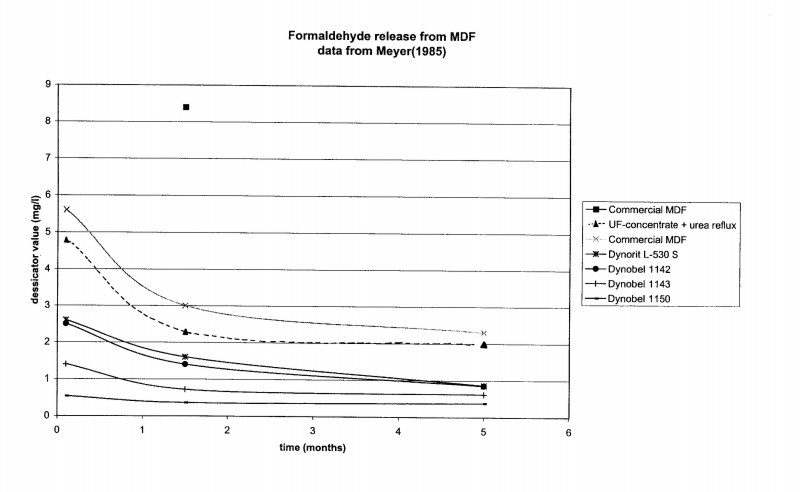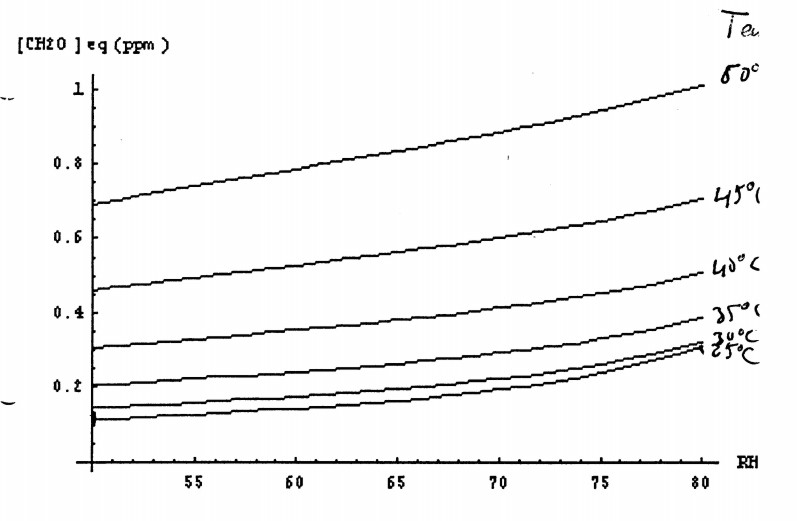

ABSTRACT
Various passive sampling techniques for measuring concentrations of pollutants in showcases have become available recently. As a result our focus should now be directed towards the interpretation of the data they provide. The interpretation of measured pollutant mass uptakes and the concentration levels that can be calculated from it are not in all situations as straightforward as is often assumed. In this talk various reasons for interpretation errors are discussed, such as object interference, sampler induced depletion effects, convection effects and time dependent emissions.
NOTES FROM SHEETSTo measure is to know what? Concentration measurements are actually mass uptake measurements which are calculated to concentrations. The results are interpreted and translated into action. There are several considerations one has to keep in mind when interpreting results.
1. Object interference
When measuring a concentration in a showcase one has to keep in mind that some rapidly reacting surfaces from objects will keep the concentrations low while the object is being affected.
2. Sampler induced depletion effect
A sampler could do the same, this is called the sampler induced depletion effect. It occurs when the sampling time approximates the volume of the showcase over the sampling rate. Given that the typical sampling rate of a badge type sampler circa 1 cm3/s, one can calculate whether this effect will occur in practice.
3. Convection effects
In showcases with an airflow, for instance due to ventilation or thermal convection, the performance of the samplers is influenced. Badge type samplers will overestimate concentrations while tube type samplers will underestimate the object dose. It must be noted that tubes are less affected than badges.
4. Time dependent emissions
The amount of free formaldehyde in MDF or drying paints decreases in time. On the other hand do some materials generate pollutants upon aging, such as the auto-catalytic generation of acetic acid from cellulose acetate. Also temperature and relative humidity influence the emission rates of gases from materials. See graphs.
Conclusion
Measurements of pollutant 'concentrations' with passive samplers will be of limited use until pollutant dynamics in showcases are better understood.


Recalculated data from: Meyer, B. and Hermanns, K. (1985) 'Formaldehyde release from urea-formaldehyde bonded wood products', Journal of Adhesion, 17:297-308.
[ Page up ] [ IAP Group homepage ] [ Main IAQ in Museums homepage ] [ Search site ]
Indoor Air Quality in Museums and Archives
© May 11th, 2000